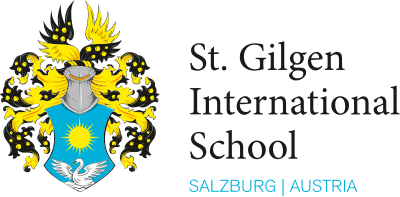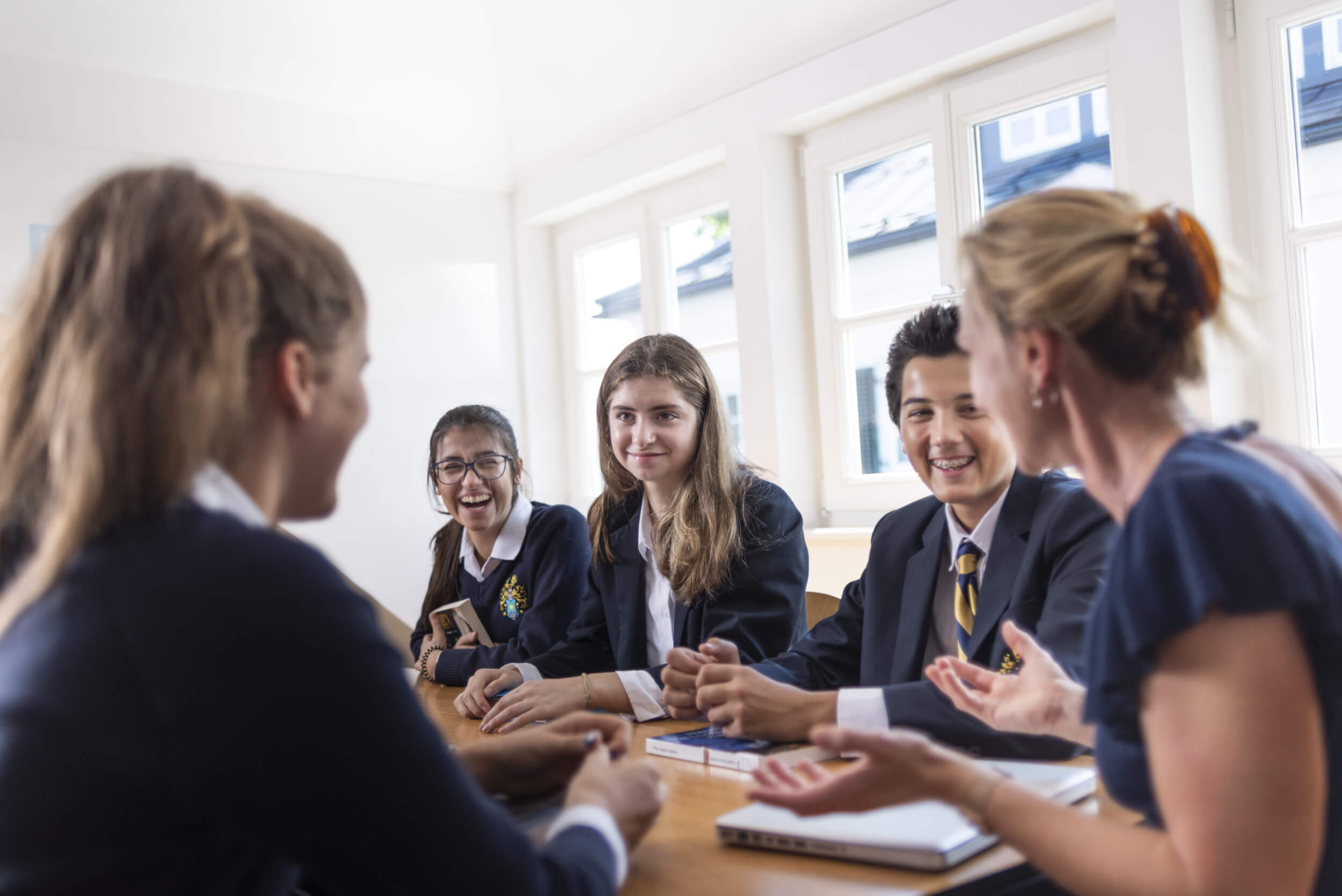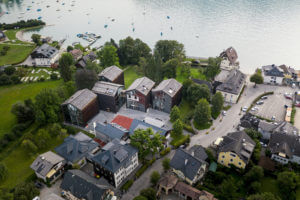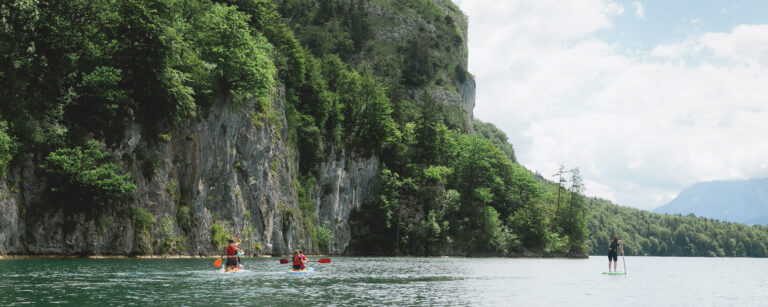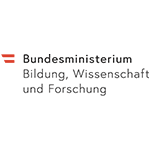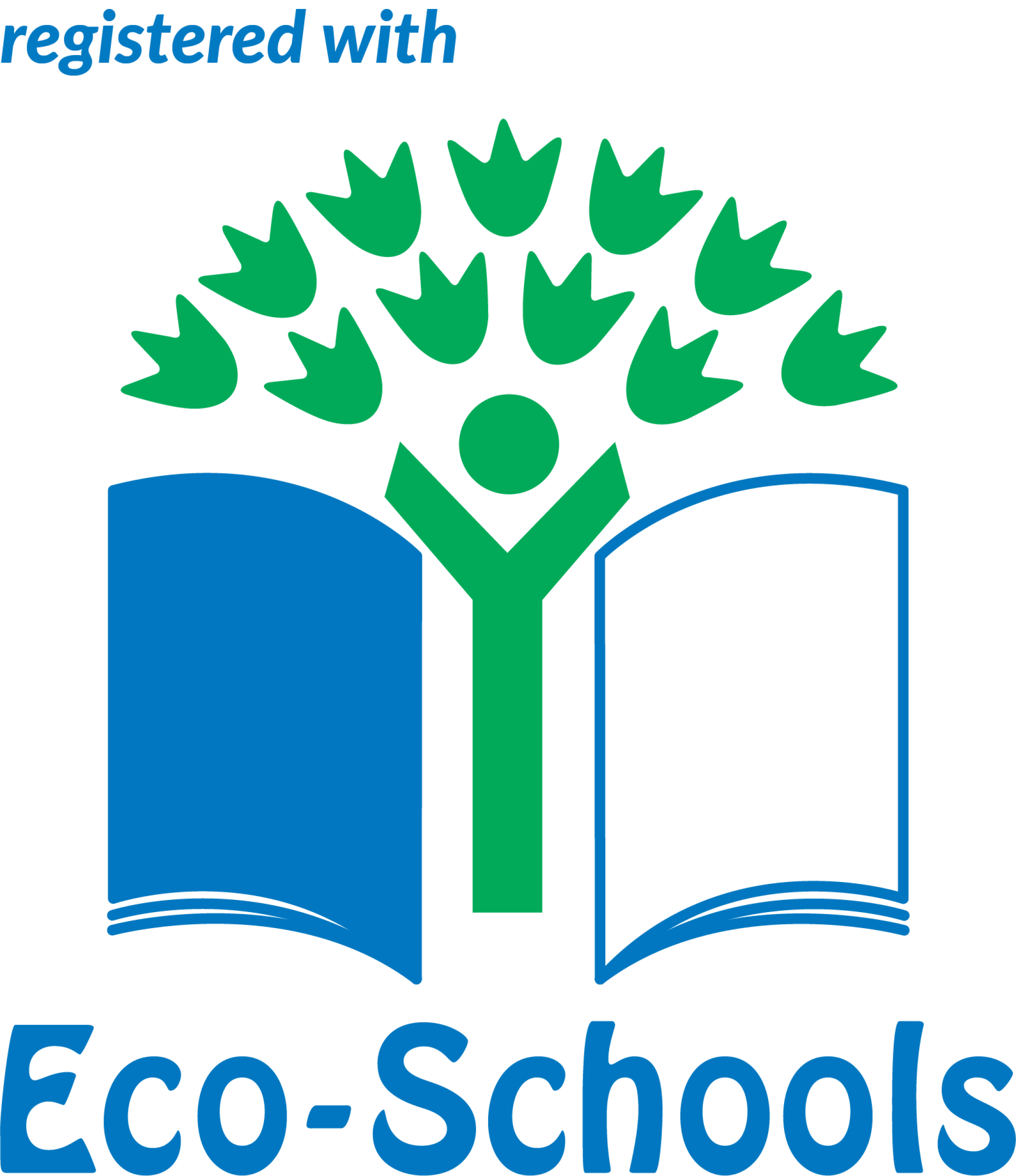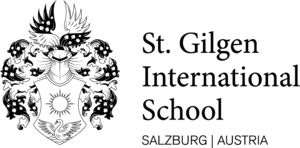This Christmas break the IB history students were fortunate enough to visit Vietnam and Cambodia.The itinerary designed to accommodate the syllabus studied was diverse and certainly memorable as is clearly seen by the reflections below. Our amazing history and politics teachers sharing their knowledge, accompanied by the numerous tours we received from knowledgeable guides, helped to complement our knowledge gathered from textbooks tremendously and successfully brought historical figures like Ho Chí Minh and Pol Pot to life.

There is no better way to bring learning to
life than to explore the places you are studying! It is difficult to encapsulate these experiences in words; I think what I enjoyed the most were the little things we witnessed that made me think, whether that be contrasting architecture reminiscent of various times in history, a conversation with our guide about their family heritage, the vibrant colors of lanterns hanging above each shop, or the more sobering moments of feeling the consequences of the past in the present.
Ms Seaman
Having studied the Vietnam War for a number of years, it was fascinating to visit the country and see how the Vietnamese reflect upon and represent the conflict. Whilst to us in the West it was a part of the Cold War, a fight against communism, to the Vietnamese it was a war for independence. Understandably, the museums and monument to the war focused highly on the human cost and atrocities committed. It was also interesting to note the differences between North and SouthVietnam. Despite being unified into a single state in 1975, Hanoi, the capital of the communist north, remains less developed, and more traditionally Vietnamese, than Ho Chi Minh City, the former capital of the capitalist south.
There was a noticeable difference between Viet nam and Cambodia. Very quickly after driving across the border into Cambodia, the increased level of poverty became evident. The developingVietnamese towns and cities were replaced by an agricultural society where many of the population still live in wooden houses on stilts, set amongst the rice paddy fields. The visit to the Killing Fields – one the sites of Cambodian genocide – was a powerful experience.The experiences of our guide’s family, and the losses they suffered, were a poignant reminder of just how recent these events were. Despite such terrible pains, in such recent history (many current leading Cambodian politicians were once members of the Khmer Rouge), the people of Cambodia were incredibly warm and welcoming.
Mr Nuttall
